Varicose Vein Procedures: Endovenous Thermal Ablation
Endovenous Thermal Ablation
The first procedure typically performed is the venous ablation. This is where the vein is burned with either laser or radio frequency catheters. During this procedure, the patient is sedated with valium, nitrous oxide, or both. The patient can choose the level of sedation they prefer.
During this procedure, the sonographer will map the vein to be ablated and mark a location that appears to be a good access point. What we look for is whether the vein is straight and has a large diameter, which makes accessing the vein easy. Veins will sometimes spasm or be a smaller diameter early in the morning when the patient hasn’t been standing or active all day, or when the leg is cold. In these cases, we use gravity, a Nitroglycerin patch, and a blanket to help warm up the leg and increase the diameter of the vein.
Once a location is marked, we prep the leg with a cleansing/sterilizing solution and set up the procedure using sterile technique. We ask that the patient not touch the sterile field, so to prevent infection. When the physician enters the room, he will also dress in a sterile gown and will don sterile gloves. We take every precaution to keep the patient safe and infection free.
At this point, the physician will access the vein and start the procedure. Once the vein is accessed, a “guide” wire is inserted and the sonographer will follow the wire up the vein to make sure we are in the vein and not in the surrounding tissue. After that, the catheter, with the heating element, is inserted and once again the sonographer follows the catheter with ultrasound to make sure it is in the vein to be treated.
Once the catheter is an acceptable distance from the deep venous system, we need to numb around the vein. This is two-fold: The first reason is to numb and protect the tissue surrounding the treated vein from being burned. The second is to compress the vein around the catheter so the walls of the vein will be treated.
Once this all complete, the catheter is slowly removed and the vein will be ablated. We close the access point with steri-strips and the procedure is finished. The patient is then required to wear a compression stocking for one week.


